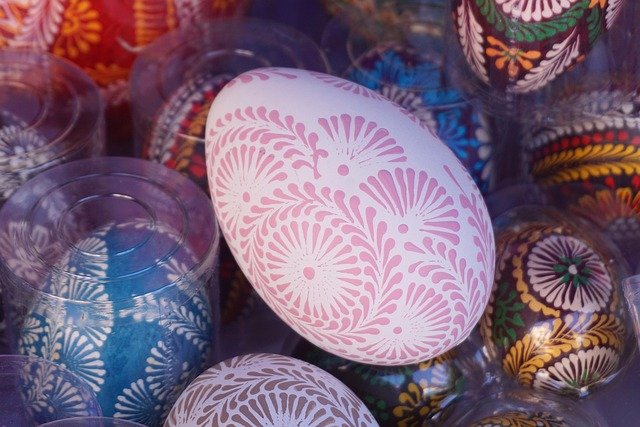Whimsical Washi: Transforming Spaces with Japanese Paper Art
Imagine walking into a room where the walls shimmer with delicate patterns, furniture edges gleam with intricate designs, and everyday objects take on a magical quality. This isn't a scene from a fairytale – it's the transformative power of washi tape in interior design. This versatile Japanese paper art is revolutionizing how we approach home decor, offering a perfect blend of tradition and modern aesthetics.

In the 20th century, washi evolved into the tape form we know today. Originally created for industrial use, its potential in crafting and design was quickly recognized. The advent of decorative washi tape in the early 2000s marked a turning point, catapulting this ancient art form into the realm of contemporary interior design.
Washi Wallscapes: Reimagining Wall Decor
One of the most striking applications of washi tape in home design is the creation of intricate wall art. Unlike traditional wallpaper or paint, washi tape allows for unparalleled flexibility and creativity. Designers and homeowners are using it to craft geometric patterns, abstract murals, and even trompe l’oeil effects that fool the eye into seeing three-dimensional structures.
The beauty of washi wallscapes lies in their impermanence. The tape can be easily removed without damaging walls, making it ideal for renters or those who like to frequently update their decor. This has led to a trend of seasonal washi murals, where homeowners transform their spaces to reflect changing moods or celebrations throughout the year.
Furniture Facelift: Washi as a Upcycling Tool
In the era of sustainability, washi tape has emerged as a game-changer in furniture upcycling. Old, worn pieces are given new life with strategically applied washi designs. A tired dresser becomes a statement piece with geometric patterns adorning its drawers. A plain coffee table is transformed into a work of art with a mosaic of washi tape strips.
This trend aligns perfectly with the growing desire for unique, personalized home decor. By using washi tape, individuals can create one-of-a-kind pieces that reflect their personal style without the need for specialist skills or tools. It’s democratizing design, allowing anyone to become a furniture artist.
The Washi Kitchen Revolution
The kitchen, often overlooked in discussions of decorative trends, is experiencing a washi-inspired makeover. Homeowners are using washi tape to add pops of color and pattern to appliances, transforming bland white refrigerators into bespoke pieces. Cabinet edges are being lined with metallic washi for a subtle gleam, while backsplashes are reimagined with intricate washi patterns protected by clear acrylic sheets.
This trend extends to tableware as well. Plain ceramic plates are being embellished with washi tape designs, creating custom sets that rival expensive designer collections. The temporary nature of washi tape allows for frequent changes, making it possible to have dinnerware that matches specific themes or seasons without the need for multiple sets.
Washi in Lighting Design: Illuminating Creativity
Perhaps one of the most innovative uses of washi tape in home decor is in lighting design. Creative homeowners and designers are using washi tape to customize lampshades, creating unique patterns that cast enchanting shadows. The translucent nature of many washi tapes lends itself perfectly to this application, allowing light to filter through in mesmerizing ways.
Some avant-garde designers are taking this a step further, creating entire light fixtures from washi tape. These delicate structures, often inspired by traditional Japanese paper lanterns, blur the line between functional lighting and sculptural art. The result is a soft, diffused light that adds warmth and character to any space.
The Practical Magic of Washi Organization
Beyond its decorative applications, washi tape is revolutionizing home organization. Its ease of use and removability make it perfect for creating visual systems in home offices, kitchens, and children’s rooms. Color-coded washi tape is being used to organize files, label storage containers, and create schedules on walls or inside planners.
In children’s spaces, washi tape is being used to create interactive learning environments. Alphabet borders, number lines, and even simple board games are being crafted on walls and floors, turning entire rooms into educational playgrounds that can be easily updated as children grow.
Washi and Technology: A Surprising Partnership
In our digital age, washi tape is finding unexpected applications in tech-heavy spaces. It’s being used to organize and beautify cable management, turning the usual tangle of wires into a colorful, intentional design element. Laptop covers and phone cases are being personalized with intricate washi patterns, bringing a touch of handcrafted charm to our most used devices.
Some innovative tech accessories designers are even incorporating washi-inspired patterns into their products, creating a bridge between traditional Japanese aesthetics and cutting-edge technology.
The Future of Washi in Home Design
As we look to the future, the potential of washi tape in home design seems boundless. Its versatility, coupled with growing interest in sustainable and personalized decor, positions it as a key player in upcoming design trends. We’re likely to see more integration of washi in smart home technologies, perhaps in the form of customizable skins for control panels or decorative elements that interact with home automation systems.
The washi revolution in home decor is more than just a trend – it’s a movement towards more flexible, personal, and joyful living spaces. By bringing the delicate beauty of Japanese paper art into our homes, we’re not just decorating – we’re creating environments that can change and grow with us, reflecting our moods, seasons, and life stages. In a world that often feels mass-produced, washi tape offers a way to make our spaces truly our own, one colorful strip at a time.





